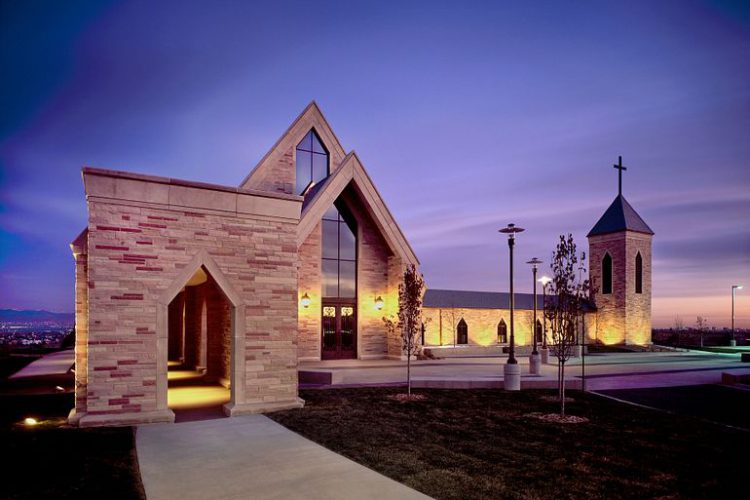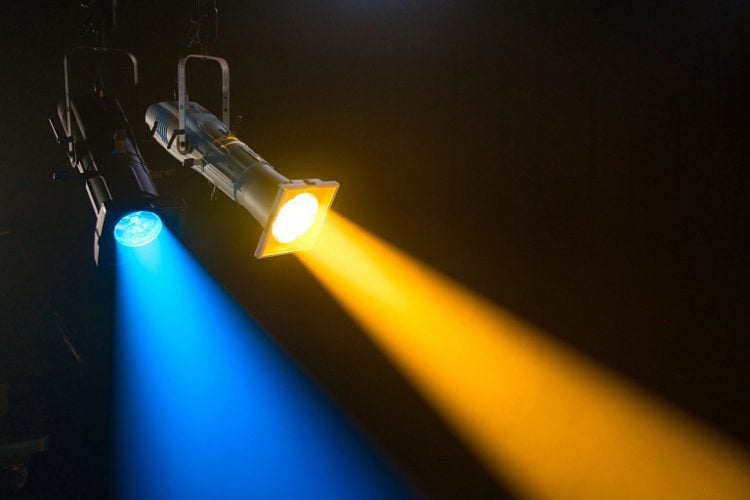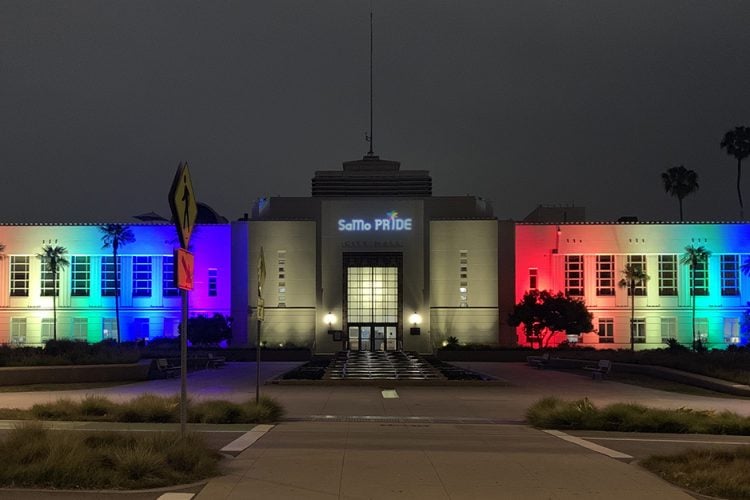Technology enhances so much of what happens in your church, synagogue, or house of worship venue as you’re preparing for services each week. The lighting, recording, and filming equipment, projections, and slide shows… it all adds up to a lot of time and money. Maybe your congregation doesn’t have all of that gear but you’ve seen how other churches use technology to enhance their services and now you’re looking to do the same. Or maybe you’re looking to replace out-of-date or broken gear but not sure where to start.
From LED fixtures and control desks to the button stations in your lobby, the following guide will help you ask the right questions, find the right gear for your space, and get the training resources you need before you buy something you don’t want, or worse, won’t use.

5 things to look for when lighting for cameras
More churches have started using YouTube and other similar platforms to post recorded content in order to keep their at-home viewers engaged. But lighting for cameras is different than lighting for in-person viewing and unfortunately not every fixture is created equal. But with a little bit of forethought and research, your online videos can go from good enough to great. Here are a few things to look for as you plan your church lighting for your online viewers.
1. Must be flicker-free
Unlike traditional light sources, each LED turns on and off very quickly. Your eyes don’t see this, but many modern cameras do. This flickering is what causes the dark scan lines you occasionally see dancing across your monitor. To prevent this, choose fixtures that use LEDs with an extraordinarily high frequency—at or above 20KHz.
2. Find the right white
Cameras generally have a “white balance,” or version of white that they use as a reference point. If you have multiple light sources in your space such as video screens, or windows, you’ll want to match the camera lighting to the sources you can’t change (such as natural light or fluorescent lighting.) This means finding fixtures that have variable white (can change from warm to cool) or tunable white options (able to compensate to match the relatively green color of fluorescents or other not-quite-white light sources.)
3. Choose the right mix
With red, green, and blue (RGB) fixtures, you are limited in your color mixing options which means you often end up with large spikes of color that don’t translate well to the camera. Generally, fixtures with more colors create better pastels and saturated colors because, simply, there are more options for mixing. Another thing to be aware of is the heat sensitivity of LEDs within your fixtures. As LEDs warm-up, they change color slightly which means the longer your fixtures are on, the more your color changes. How do you fix this? Invest in products that are factory-calibrated for consistency and feature active thermal management/droop compensation to help keep your colors consistent both on camera and in person. Read more about ETC’s Color Integrity features here.
4. Light for location
We’ve all seen videos where people appear unnaturally green or red. This is because skin tones absorb and reflect light differently than other objects. For primary light sources that illuminate people on camera, opt for a higher-quality, tunable white light with more control. This will help your church leaders look more healthy and alive because of the depth of color reflecting off their skin. If you have budget limitations, we suggest first investing in the lights used on people’s faces and then filling in with more affordable options.
5. Try before you buy
Make sure you understand the numbers on your fixture datasheets both in theory and in practice. Lumen output levels can be deceiving and are not a solid indicator when looking for the brightest possible fixture. Because of this, we recommend always testing your lights with your camera in your space before you buy.
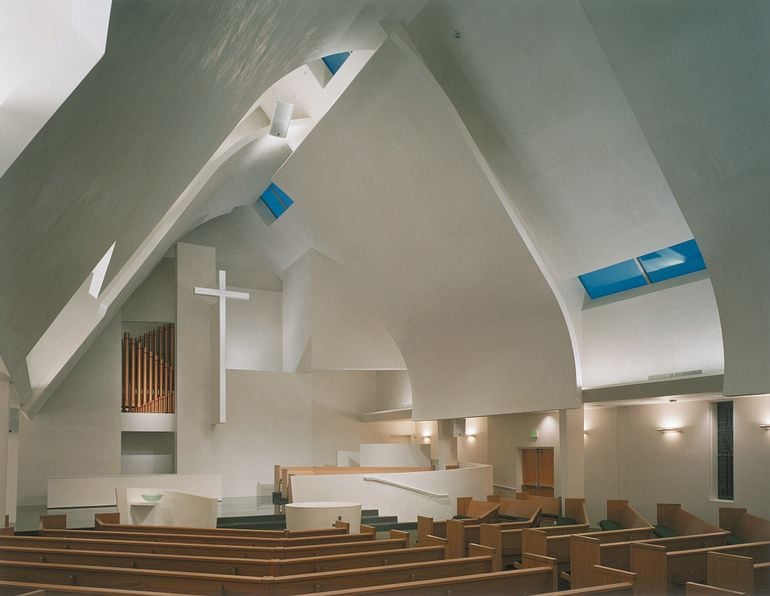
4 training resources for your volunteers
So many houses of worship run because of their small army of volunteers. This means it’s imperative that you have gear that is intuitive to use and training resources that are accessible. The last thing you want is for your volunteers to stop volunteering because they don’t understand the technology, or are confused by overly complex systems. ETC has a variety of programs in place to help you keep your people coming back week after week.
Live training Nothing beats hands-on experience. In addition to the training you do onsite, you might consider setting up a console training session taught by ETC-certified instructors. ETC hosts classes for all levels with interactive instruction and small class sizes at its office locations across the U.S. and, depending on where you’re located, we might have instructors available to come to you! For more information visit etcconnect.com/training.
Online training Virtual courses are a convenient and cost-effective way for your volunteers to build skills without anyone having to travel. ETC’s online learning system, LearningStage, offers training and continuing education classes for users to take at their own speed. Learn more at courses.etcconnect.com.
Video tutorials Sometimes, volunteers just need a quick tutorial to get up and running or to learn a new tool or effect. ETC has a variety of video tutorials available on YouTube for just this purpose. Subscribe to ETCVideoLibrary on YouTube and keep up to date on the latest tips and tricks.
Social channels/community Independent interest groups on social media have created an open community space where console users of all levels can share experiences and help answer questions. Encourage your volunteers to check out the ETC Eos Family Console Programmers or Lighting Designers groups on Facebook to connect with peers in the industry.

3 questions to ask before you buy LED
We know that many churches are still using incandescent lighting. Making the investment to switch to LED is not always easy, so we asked the fixture team at ETC to answer three of the most common questions we get before making the swich. Here’s what they had to say.
Why are people switching to LED technology?
-
- Energy efficiency – LEDs consume far less power to produce the same amount of light as traditional tungsten lamps.
- Ease of use – Color mixing LEDs eliminate the need to change colored gels. This decreases work time and the need for ladders and lifts.
- Maintenance and safety – Since you no longer need to access the rig to replace burned-out lamps, you see reduced maintenance and operational calls, fewer lifts and ladders, and overall improved safety.
- Dimmable – Early LED fixtures were plagued with poor dimming quality. Fortunately, today, there are fixtures that have a dimming curve to rival traditional incandescent bulbs (although you still get what you pay for in many cases).
- Versatile – Because of color mixing capabilities, direct control without dimmer racks, and the ability to have more fixtures per circuit, fewer fixtures are needed to achieve the same look. LEDs reduce your overall needed inventory.
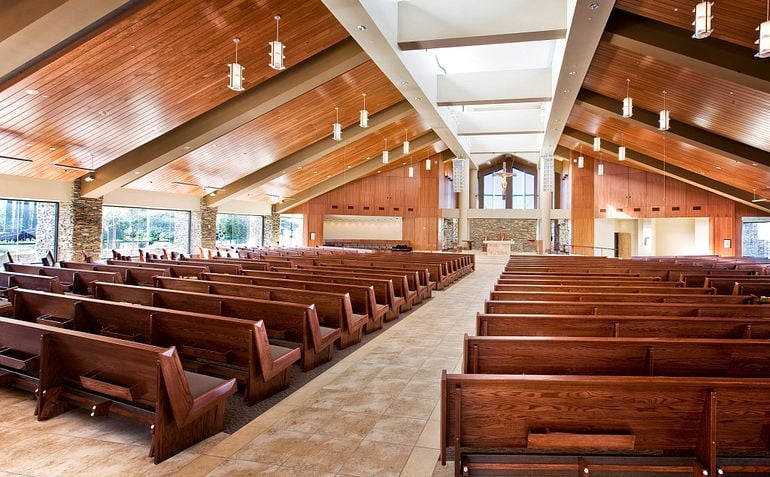
2. Is now the time to buy?
Yes, and here’s why:
-
- LED fixtures have advanced to the point where the output is as bright or brighter than an incandescent source.
- Because of green initiatives around the world, you could see savings from utility company rebates. Regulations continue to shift in efficiency’s favor and we predict it will become mandatory to meet requirements in many parts of the world.
- You don’t have to worry about the risks of being an early adopter. LEDs have been solidly tried, tested, and accepted in the market for years.
3. How do I invest properly?
You need good quality and good performance.
-
- Pay attention to efficacy, a specification that indicates how well the fixture converts electrical power to light. Efficacy will be reported as lumens per watt (ETC lists this on its datasheets.)
- There is no industry-standard warranty, so be sure to understand what each company offers. ETC is proud of the warranty and service behind every product we sell.
- Think about the life cycle of your fixtures—the lights will run for years, so it’s important to consider longevity. ETC guarantees lifelong technical support for all its products.
- Choose a reputable manufacturer who answers the phone!
Click to see a list of fixtures ETC offers for your house of worship.

2 Ways to protect what matters
Emergencies happen and your lighting system should be ready to respond.
- What happens when the lights go out in your house of worship? Install a battery backup system to ensure your emergency lights come on when you need them to. Sanctuary, vestibule, hallways… when you need to get people to safety, your lights should be there to help, not slow you down.
- Every steeple is a lightning rod and houses of worship are prime targets for lightning strikes. But steeple or no steeple, proper grounding is essential to a healthy system. Invest in a system that protects your data infrastructure. A properly set up power backbone allows for devices to be switched off when not in use while also providing a level of protection from damaging devices in case of electrical abnormality.
1 company to help
Know where to go for help. One of the most important considerations when dealing with technical equipment is where and how to find help when you have an issue. ETC technical support knows that you work on the weekends, so our support team does too. 24/7/365. Whether you search our online knowledge management system for helpful articles, or you need a live technician on the phone ASAP, we’re here.
You’ll find ETC gear in some of the largest and smallest houses of worship around the world. So if you’re looking for a company with a proven track record in church lighting systems, give ETC a call or request a demo today.


